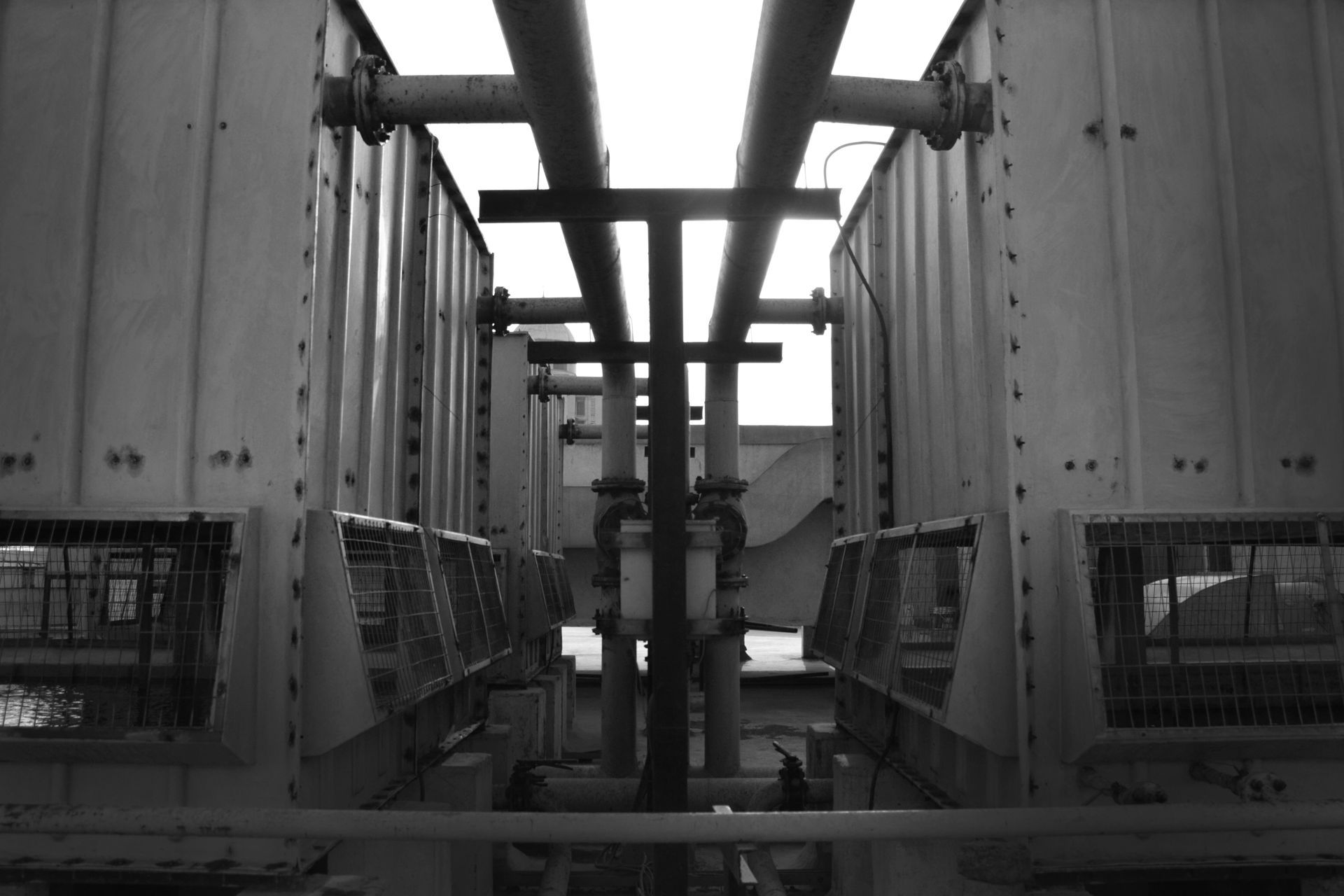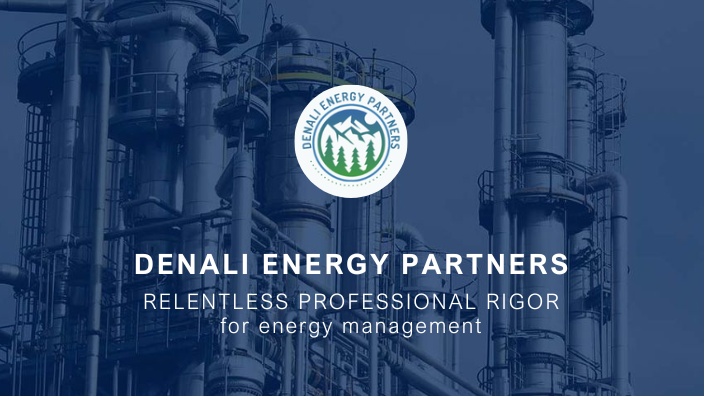What is Biogas and How Can It Benefit Industrial Parks?
Denali-ep
| 21 de octubre de 2024
What is Biogas and How Can It Benefit Industrial Parks?
Introduction
What is Biogas?
Biogas is a mixture of gases produced from the anaerobic decomposition of organic matter. This process occurs in the absence of oxygen and primarily generates methane (CH4) and carbon dioxide (CO2). Methane, one of the main components, is a flammable gas that can be used as an energy source.
History and Development of Biogas
The production of biogas is not a new technology. Communities have historically used natural methods to decompose organic waste and harness the gases generated. However, modern development of biogas as a renewable energy source began in the 19th century, with advancements in anaerobic digestion technology allowing for more efficient and controlled production.
Production of Biogas
Anaerobic Digestion Process
Biogas is produced through anaerobic digestion, where microorganisms break down organic matter in an oxygen-free environment. This occurs in an anaerobic digester, where waste is converted into biogas and digestate (a solid byproduct that can be used as fertilizer).
Materials Used in Production
Common materials for biogas production include agricultural waste, animal manure, food scraps, and organic waste from food industries. These materials provide a rich source of organic matter that microorganisms can efficiently decompose.
Factors Affecting Biogas Production
The quantity and quality of biogas produced can be influenced by various factors such as temperature, pH, input material composition, and retention time in the digester. Maintaining optimal conditions is crucial for maximizing biogas production.
Benefits of Biogas
Renewable and Sustainable Energy
Biogas is a renewable energy source that helps reduce dependence on fossil fuels. Its use can decrease greenhouse gas emissions and promote a more sustainable energy matrix.
Waste Reduction
The biogas production process helps reduce the amount of organic waste ending up in landfills. This not only decreases waste accumulation but also mitigates environmental pollution associated with landfill decomposition.
Positive Environmental Impact
Using biogas contributes to reducing greenhouse gas emissions like methane, which would otherwise be released into the atmosphere. Additionally, the digestate produced can be used as a nutrient-rich fertilizer, improving soil quality.
Applications of Biogas in Industrial Parks
Electricity Generation
One common use of biogas in industrial parks is electricity generation. Cogeneration systems convert biogas into electricity and heat, allowing industrial facilities to reduce their reliance on conventional power grids.
Heating and Cooling
Biogas can also be used for heating and cooling systems. This is especially beneficial in industrial parks with high thermal energy demands, as biogas can provide a constant and economical source of heat.
Industrial Process Applications
In some cases, biogas can be directly utilized in industrial processes requiring heat or energy. For example, in the food and beverage industry, biogas can be used to heat boilers or ovens, reducing production energy costs.

Advantages of Biogas for Industrial Parks
Reduction in Energy Costs
Implementing biogas systems can significantly lower energy costs by providing a more economical and sustainable energy source compared to fossil fuels.
Improved Sustainability and Social Responsibility
Using biogas enhances the sustainability of industrial operations and contributes to a positive image of social responsibility. By adopting green technologies, companies can improve their reputation and meet consumer and regulatory expectations.
Compliance with Environmental Regulations
Implementing biogas helps companies comply with stricter environmental regulations. By reducing greenhouse gas emissions and effectively managing waste, companies can avoid penalties and gain tax benefits.
Success Stories in Biogas Use
International Examples
Countries like Germany and Denmark have widely adopted biogas use in industrial parks. These cases demonstrate how technology can be efficiently integrated into large industrial systems to generate energy while reducing environmental impact.
Local Examples
In Latin America, countries like Mexico and Brazil are beginning to explore the potential of biogas in the industrial sector. These local examples show how biogas can be a viable solution for industrial parks across different geographic and economic contexts.
Implementing Biogas in Industrial Parks
Feasibility Assessment
Before implementing a biogas system, it is essential to conduct a feasibility assessment. This includes analyzing the availability of organic materials, installation costs, and expected benefits.
Design and Planning of Biogas Systems
The design of a biogas system should cater to the specific needs of the industrial park. This includes selecting appropriate equipment, designing the digester, and planning integration with existing systems.
Maintenance and Operation
Regular maintenance is crucial for ensuring efficient operation of the biogas system. This includes monitoring biogas production, managing waste, and performing necessary repairs.
Challenges and Considerations
Initial Costs and Return on Investment
One major challenge in implementing biogas systems is the initial cost. However, over time, benefits such as reduced energy costs and regulatory compliance may justify the investment.
Management of Waste and Byproducts
Proper management of digestate and other byproducts is essential for maximizing the environmental benefits of biogas. Efficient practices should be established for treating and utilizing these byproducts.
Technical and Operational Considerations
Operating a biogas system requires specific technical knowledge and effective management. Companies must train their staff and establish operational procedures to ensure optimal performance.
Future of Biogas in Industry
Technological Innovations
The future of biogas is marked by technological innovation. New production techniques and efficiency improvements are being developed that could further expand biogas applications in industry.
Market Trends
Current trends indicate an increase in demand for sustainable energy solutions. Biogas is well-positioned to capitalize on this trend, with growing adoption in industrial parks worldwide.
Long-Term Perspectives
In the long term, biogas has the potential to play a key role in transitioning to a greener economy. With adequate support and investment in research, biogas could become a predominant energy source in industry.
Conclusion
Biogas represents an effective and sustainable solution for industrial parks seeking to reduce their environmental impact and optimize energy costs. By producing it from organic waste, biogas not only offers a renewable energy source but also contributes to waste reduction and enhances overall sustainability of industrial operations. With successful examples and evolving technologies, biogas holds promising potential for the industrial sector.
What is biogas?
Biogas is a mixture of gases produced from the anaerobic decomposition of organic matter, primarily consisting of methane (CH4) and carbon dioxide (CO2). It serves as a renewable energy source that can be utilized for heating, electricity generation, and as a fuel for vehicles.
How is biogas produced?
Biogas is generated through anaerobic digestion, where microorganisms break down organic materials in an oxygen-free environment. This process occurs in an anaerobic digester, producing both biogas and digestate, which can be used as fertilizer.
What are the benefits of using biogas in industrial parks?
Utilizing biogas can significantly reduce energy costs, decrease greenhouse gas emissions, and improve waste management by converting organic waste into energy. It also enhances sustainability and corporate social responsibility for companies operating within industrial parks.
What types of materials can be used to produce biogas?
Common materials for biogas production include agricultural waste, animal manure, food scraps, and organic waste from food processing industries. These materials provide a rich source of organic matter suitable for anaerobic digestion.
What challenges are associated with implementing biogas systems in industrial parks?
Challenges include high initial setup costs, the need for technical expertise in operation and maintenance, and effective management of byproducts like digestate. Additionally, ensuring optimal conditions for biogas production is essential to maximize efficiency.




